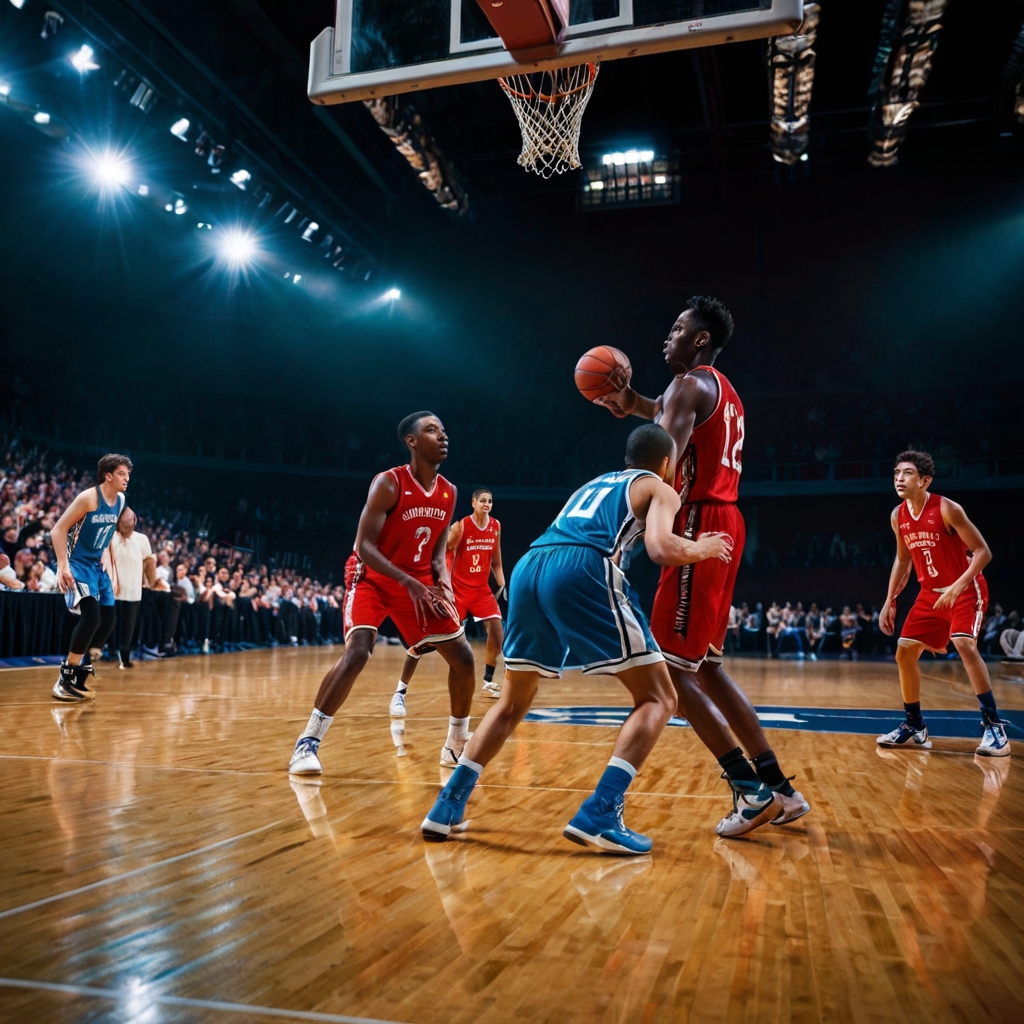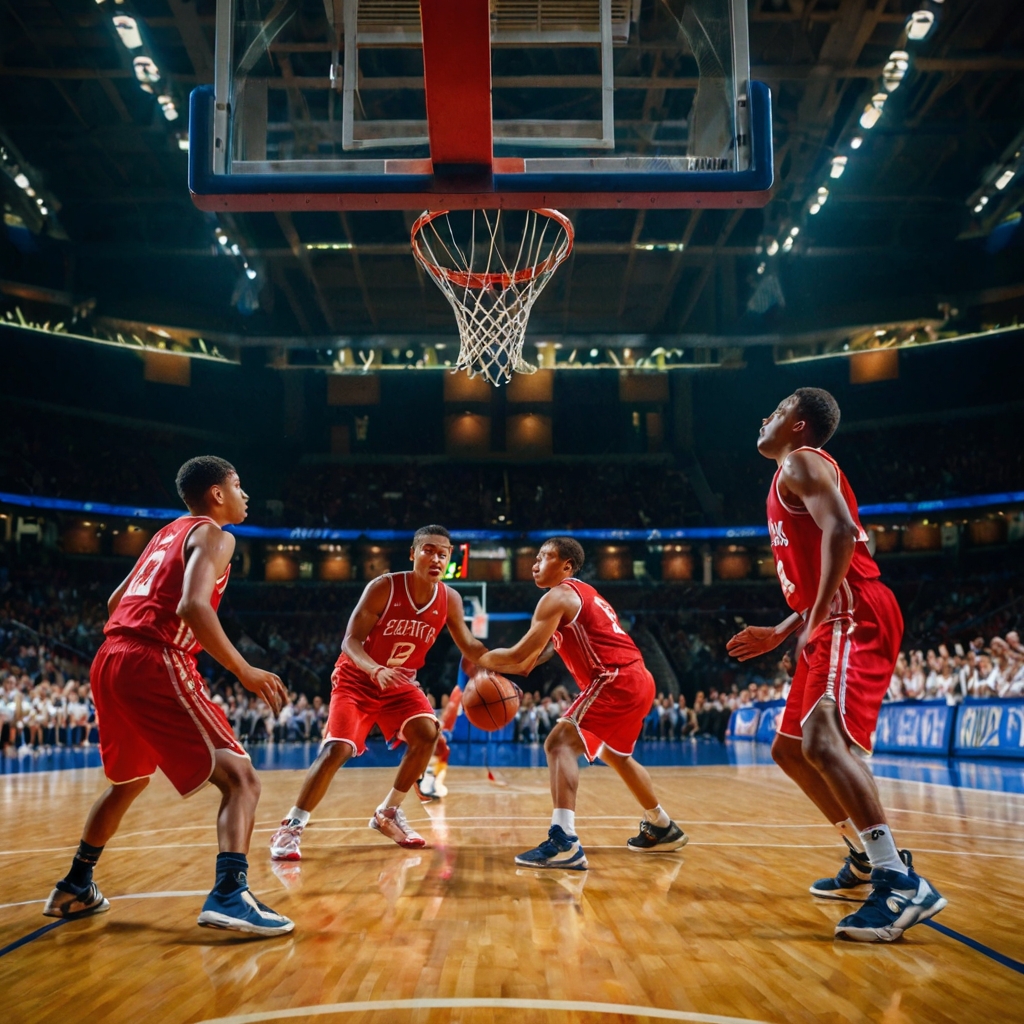The Goal of Basketball and the 5 Key Positions Explained

Basketball is a fast-paced team sport that requires skill, strategy, and teamwork. The objective of the game is simple: score more points than the opposing team by shooting the ball into their basket. However, to succeed in basketball, understanding the roles and responsibilities of each player on the court is crucial. The five main positions in basketball define each player’s tasks and contribute to the overall strategy and flow of the game.
This article explores both the primary goal of basketball and the five key positions that every basketball team relies on to win.
1. The Main Objective of Basketball
The core objective of basketball is to outscore the opposing team by putting the ball through their hoop. Each game is played on a rectangular court with a hoop at either end. Teams take turns trying to score while defending their own hoop from the opponent. Here are the main ways teams aim to achieve their goal:
- Scoring Points: Points are awarded when a player successfully shoots the ball through the opponent’s hoop. A shot taken from outside the three-point line scores three points, while shots from within the arc are worth two points. Free throws, awarded for certain fouls, are worth one point each.
- Defense: Preventing the opposing team from scoring is equally important. Teams play defense by guarding their opponents, blocking shots, and forcing turnovers through steals.
- Teamwork: Successful basketball is all about teamwork. Passing the ball, setting screens, and positioning on the court are crucial for creating scoring opportunities.
- Winning the Game: The team with the most points at the end of the game wins. Games consist of four quarters, and if the score is tied, overtime periods are played until a winner is determined.
2. The Five Key Positions in Basketball
In basketball, every player has a specific position that defines their role on the team. The five positions are essential to the structure and strategy of the game, as each player brings a unique set of skills to the court.
1. Point Guard (PG): The Team Leader
The point guard is the team’s leader on the court, often called the “floor general.” This position demands excellent ball-handling, vision, and decision-making skills. The point guard is responsible for directing the team’s offense and controlling the pace of the game.
- Role: The point guard initiates plays, calls out strategies, and sets up teammates for scoring opportunities. They also need to be good at defense, often guarding the opposing team’s point guard.
- Key Attributes: Speed, leadership, and intelligence. Famous point guards like Magic Johnson and Stephen Curry revolutionized the position with their playmaking abilities.
2. Shooting Guard (SG): The Scorer
The shooting guard is primarily responsible for scoring points. They are usually the best shooters on the team and excel at both long-range shots and driving to the basket. Shooting guards must also be good defenders and often help the point guard bring the ball up the court.
- Role: The shooting guard is a versatile scorer who can shoot from beyond the three-point line, drive to the hoop, and score in various ways.
- Key Attributes: Precision shooting, quickness, and ability to create their own shots. Legendary shooting guards like Michael Jordan and Kobe Bryant are known for their exceptional scoring talents.
3. Small Forward (SF): The Versatile Playmaker
The small forward is one of the most versatile positions in basketball. They need to be good at everything—shooting, passing, defending, and even rebounding. Small forwards often serve as the secondary scorers behind the shooting guard and are also crucial in defense.
- Role: Small forwards are required to be flexible, able to guard multiple positions and contribute both offensively and defensively.
- Key Attributes: Agility, strength, and versatility. LeBron James and Kevin Durant are prime examples of dominant small forwards.
4. Power Forward (PF): The Inside Presence
The power forward plays close to the basket, focusing on rebounding, blocking shots, and scoring in the paint. This position demands physicality and toughness, as power forwards often battle under the basket against opposing players.
- Role: Power forwards are the team’s enforcers in the paint, responsible for getting rebounds, defending the post, and scoring inside.
- Key Attributes: Strength, rebounding ability, and a mid-range shooting touch. Power forwards like Tim Duncan and Karl Malone exemplify what it means to dominate this position.
5. Center (C): The Defensive Anchor
The center is usually the tallest player on the team and plays near the basket on both offense and defense. Their primary roles are to protect the rim, grab rebounds, and provide a strong defensive presence in the paint.
- Role: The center defends the basket, blocks shots, and controls the glass on both ends of the floor. Offensively, they score primarily from close range.
- Key Attributes: Height, strength, shot-blocking, and rebounding. Shaquille O’Neal and Wilt Chamberlain were iconic centers who dominated the paint.
3. Team Dynamics and Position Fluidity
In modern basketball, the roles of the five positions have become more fluid. Players like LeBron James and Giannis Antetokounmpo are able to play multiple positions during a game, blurring the lines between traditional roles. Teams now emphasize “positionless basketball,” where versatility is valued more than sticking to a specific position.
4. Conclusion: Success Through Teamwork and Roles
Basketball is a dynamic game where individual skill meets team strategy. Understanding the five positions and their roles on the court helps fans appreciate the game’s complexity. Whether it’s the point guard leading the offense or the center protecting the rim, every position contributes to the team’s overall success. The goal of basketball remains clear: outscore the opponent, but how each player achieves that goal depends on their unique role.



